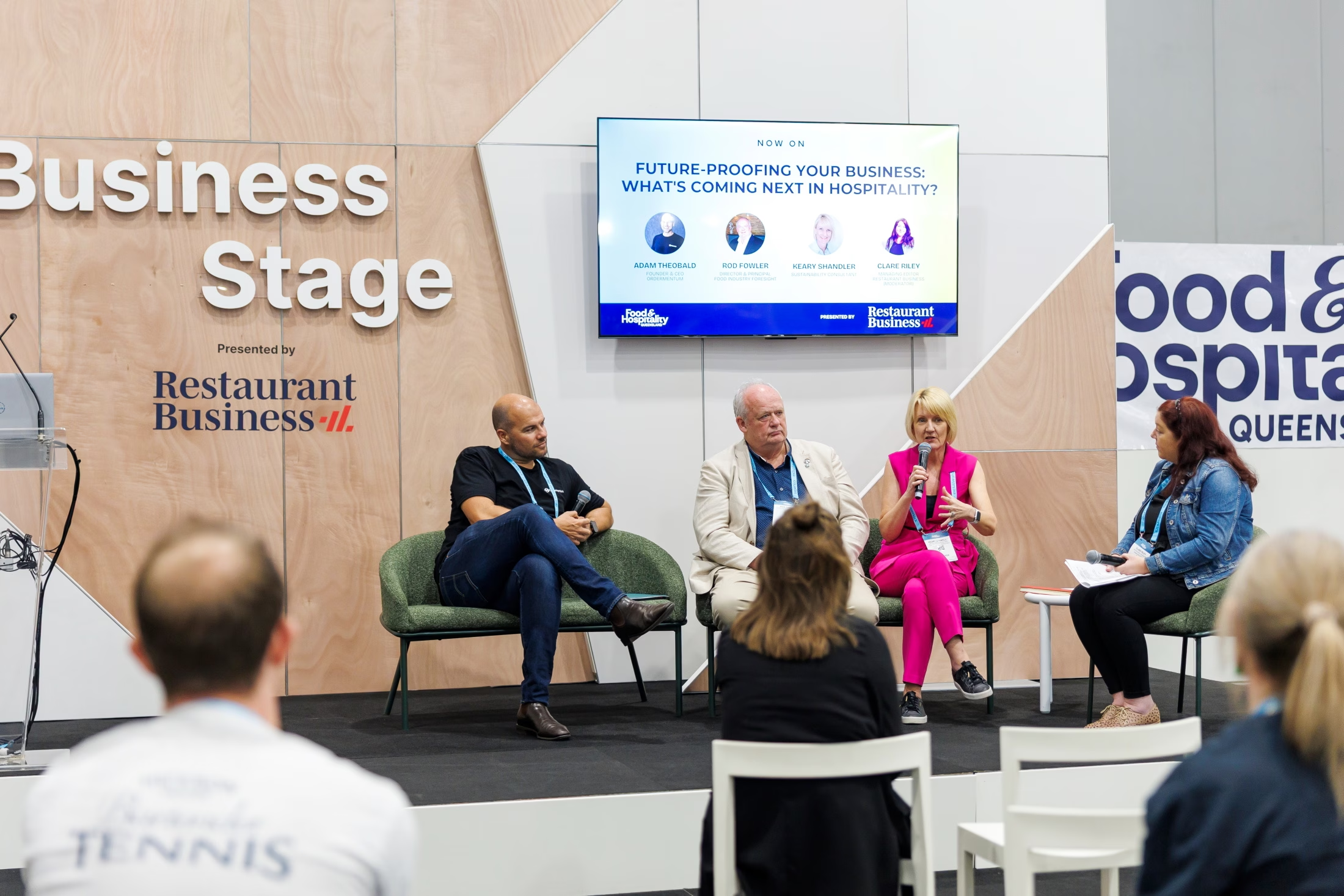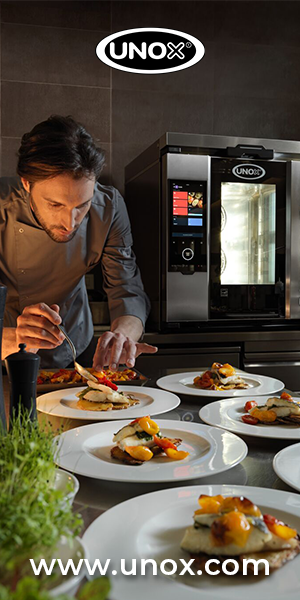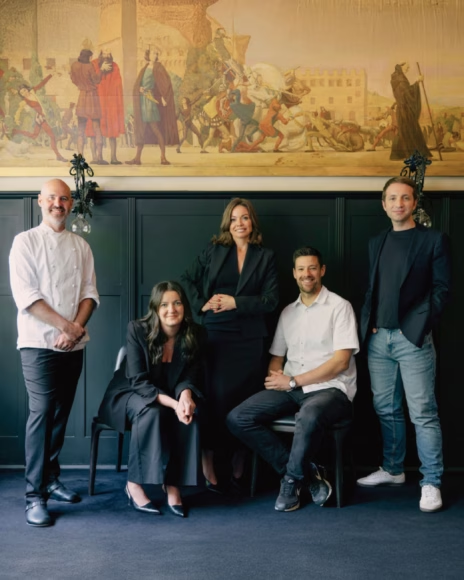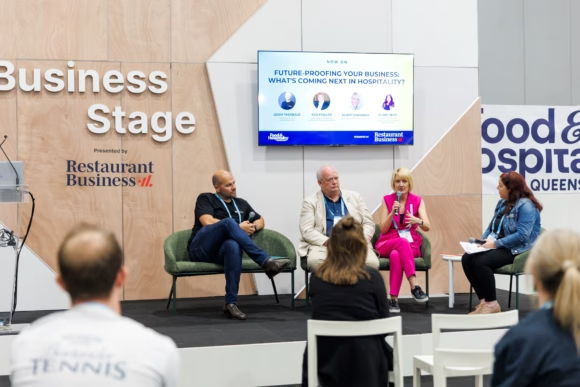Australia’s hospitality landscape is undergoing a fundamental transformation as cost pressures and changing consumer behaviour drive a potential shift from the country’s traditionally independent restaurant scene toward chain operations, according to industry experts speaking at Food & Hospitality Queensland.
For the first time in recent history, the proportion of chain restaurants in Australia has grown from 23% to 24%, which could signal a pivotal moment for the market, according to Rod Fowler, Director of Food Industry Foresight.
“We’re predominantly an independently owned market – 80% of our 80,000 to 110,000 foodservice establishments are independently owned,” Fowler explained. “But we’re wondering whether we’re starting to see a shift because of cost structures and pressures and efficiencies.”
The trend stands in stark contrast to markets like the US, UK and Canada, which are predominantly chain-driven, and could fundamentally alter how suppliers and technology providers approach the Australian market.
The COVID legacy
The panel, which included Adam Theobald, Founder and CEO of Ordermentum, and sustainability consultant Keary Shandler, identified several lasting impacts from the pandemic that continue to shape the industry.
Digital payment adoption surged during COVID lockdowns, with Ordermentum processing payments for nearly 50% of orders on its platform as venues and suppliers sought more efficient transaction methods. But perhaps more significantly, the crisis forced operators to develop agility that has become essential for survival.
“We all pivoted,” Fowler said. “We learned that we can change our business quickly and actually make things happen. We broke all the rules because we had to.”
Local sourcing relationships forged during supply chain disruptions have also endured, with many operators maintaining connections with local bakers and butchers even as larger distributors stabilised.
Cost crisis drives consolidation
The shift toward chains appears driven by mounting cost pressures across the industry. Independent operators are struggling to source high-quality supplies at competitive prices, while consumers seek trusted brands during periods of economic uncertainty.
“The consumer is a little bit dazzled by the new brands, and there’s this shift back to looking for better cost of goods, but also a brand that you know and trust,” Theobald observed.
Australians maintain a high propensity to dine out, with 39% of the average family’s food and non-alcoholic beverage spending now occurring away from home – up from previous years, though partly influenced by rising restaurant prices.
However, unlike previous economic downturns, operators aren’t seeing dramatic trading down to quick-service options. “We still go out. We just might change our choices,” Fowler said.
Technology: Enabler, not enemy
The panel urged operators to view technology as a critical enabler rather than a threat, though they cautioned against adopting complex systems that deliver minimal value.
“Technology has got to be simple, accessible and embedded into your daily operations for it to really scale,” Theobald warned, noting many operators use only 2% of the technology they’ve invested in.
The experts emphasised that data integration should be the foundation of any digital strategy, allowing operators to track costs, monitor waste and respond quickly to supply chain disruptions.
Automation solutions are proliferating, from waitstaff robots that can save significant labour costs to automated woks that ensure consistency while allowing less-skilled staff to produce quality meals. A Melbourne restaurant’s two robots ran 49 kilometres in a single month, reducing staff requirements during peak periods.
“There are at least 300 different robotic food service solutions out there,” Fowler said, though he acknowledged Australia has been slow to adopt such technologies.
Climate adaptation required
Looking ahead, panellists warned that climate change will increasingly impact ingredient availability and costs, requiring operators to diversify both menus and supplier relationships.
“The pressure here is going to go through the roof, and it’s going to impact supply, logistics, cost and consumer wallet,” Theobald said. “You need to be able to move quickly and understand how it’s impacting your costs.”
Ordermentum data shows 7,000 venues changing suppliers every month, highlighting the volatility in the market.
Shandler pointed to emerging trends around protein diversification and broader use of different grains as potential strategies for future-proofing menus while potentially improving nutritional value without necessarily increasing costs.
Investment priorities
When asked how they would allocate a hypothetical $50,000 investment, the panel’s answers revealed their priorities.
Fowler advocated for labour-saving automation, from kitchen robots to systems integration, citing skilled labour as one of the industry’s biggest costs and challenges.
Theobald emphasised staff training, arguing that even the best technology delivers only half its potential benefit if staff don’t embrace and understand it. He recommended getting point-of-sale, accounting and ordering systems properly established and ensuring staff are trained to maximise their value.
Shandler called for investment in making hospitality an attractive long-term career, questioning whether current wage structures adequately reward skill development in an industry that fundamentally depends on human connection.
“We need to make it sexy again to be in hospitality,” she said, adding that, unlike many sectors facing AI disruption, hospitality will always be a “human-to-human experience.”
The panel concluded that the single biggest mistake operators make is assuming they can continue doing business the same way, urging constant adaptation to changing market conditions, competitor strategies and cost structures.







